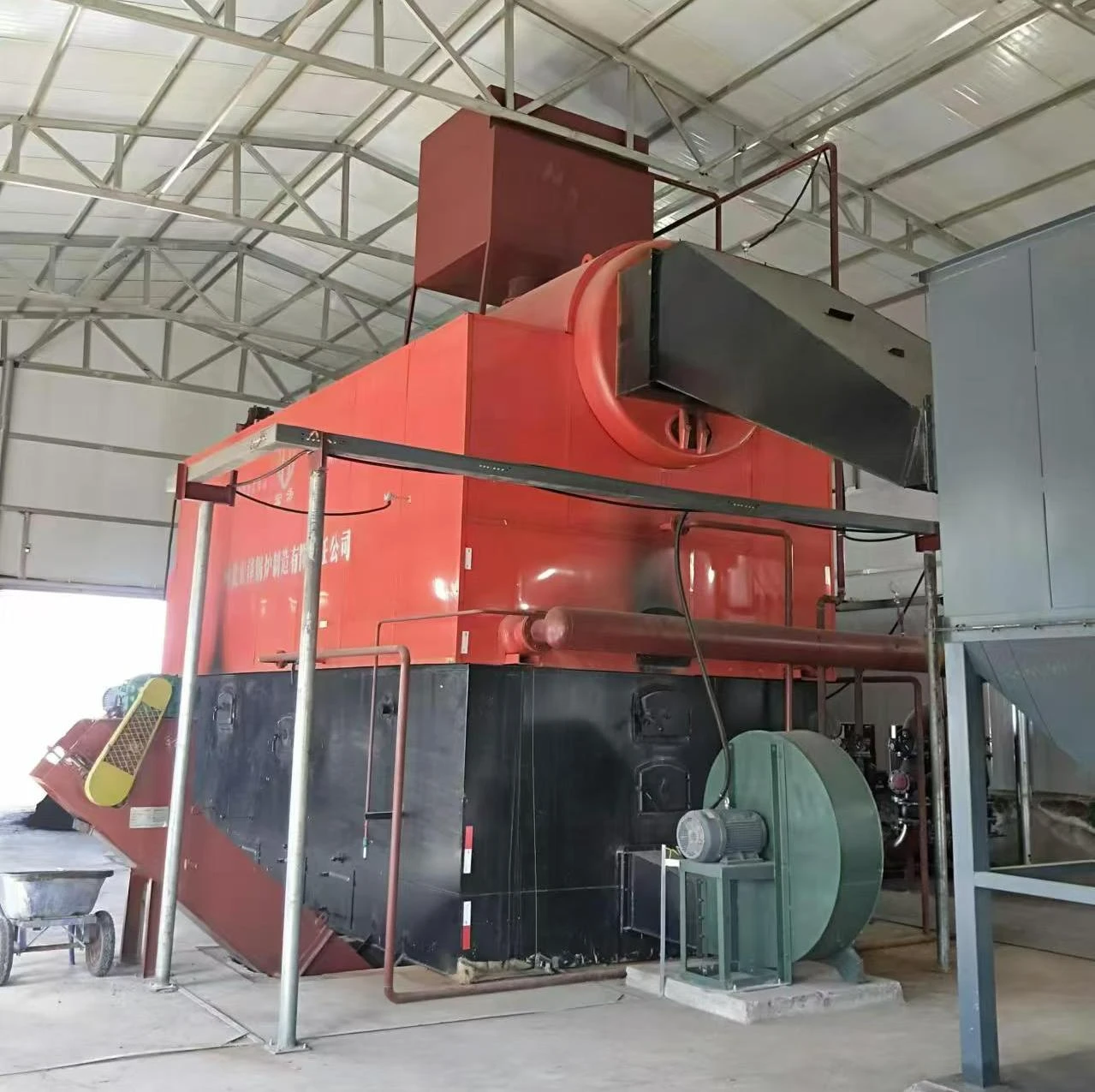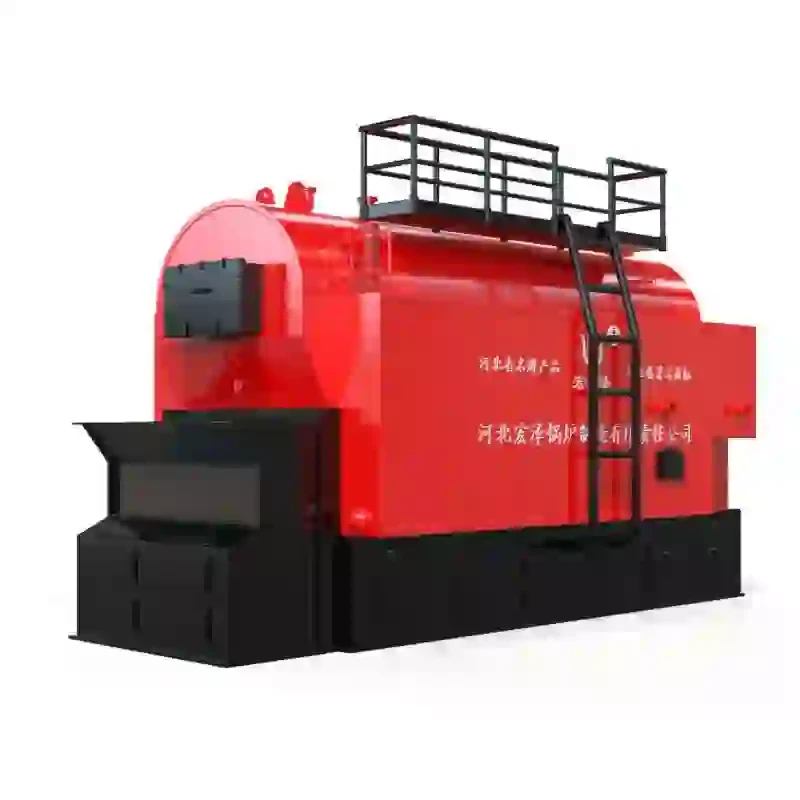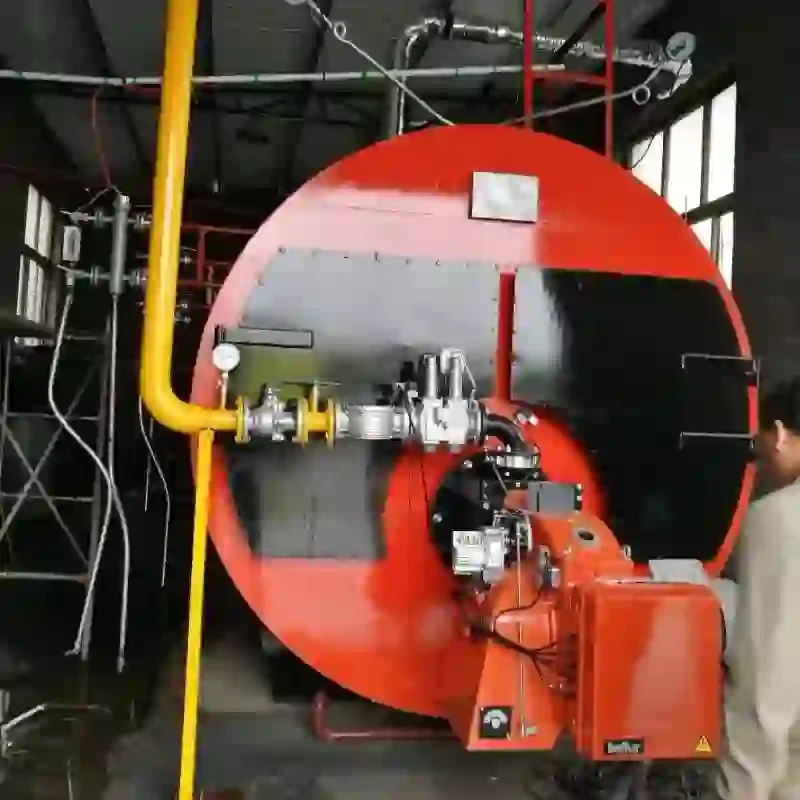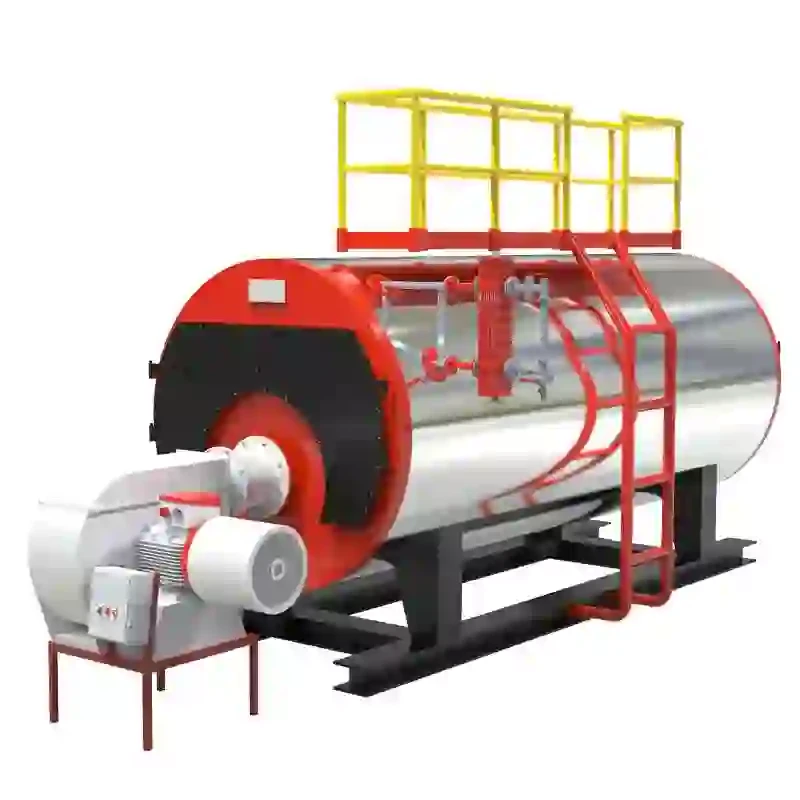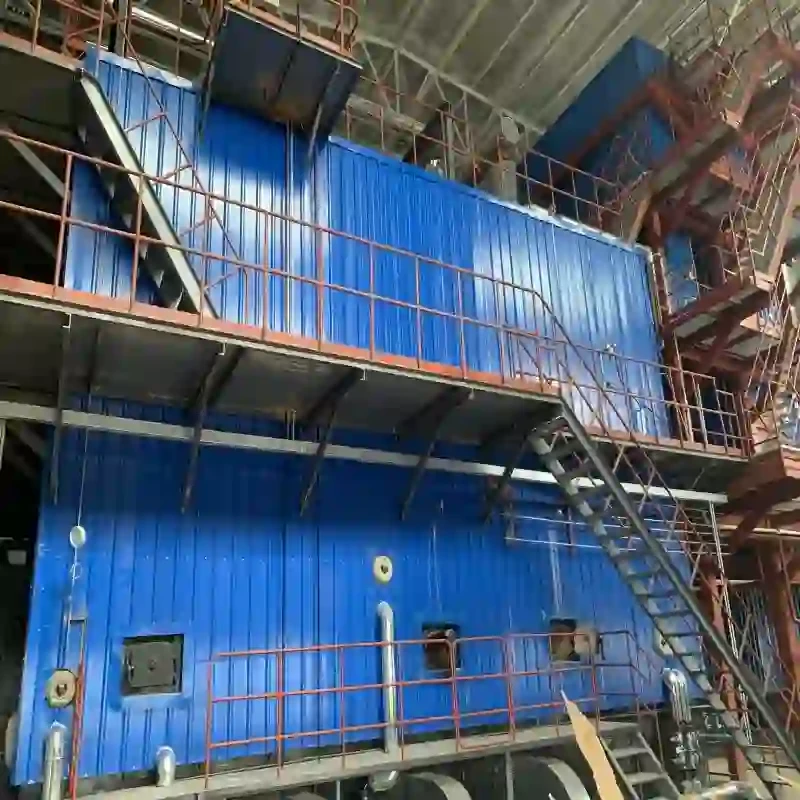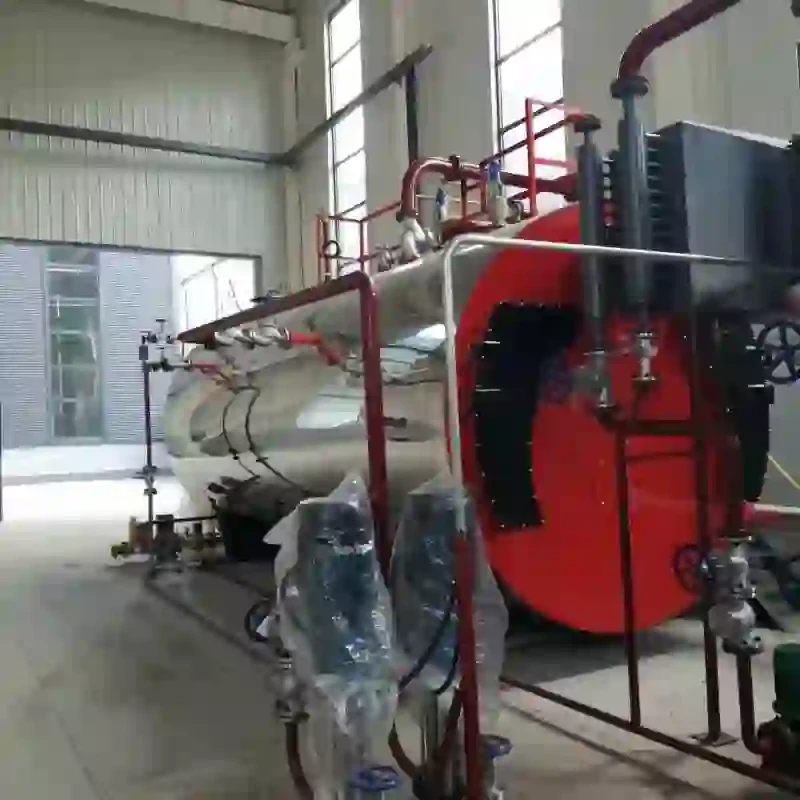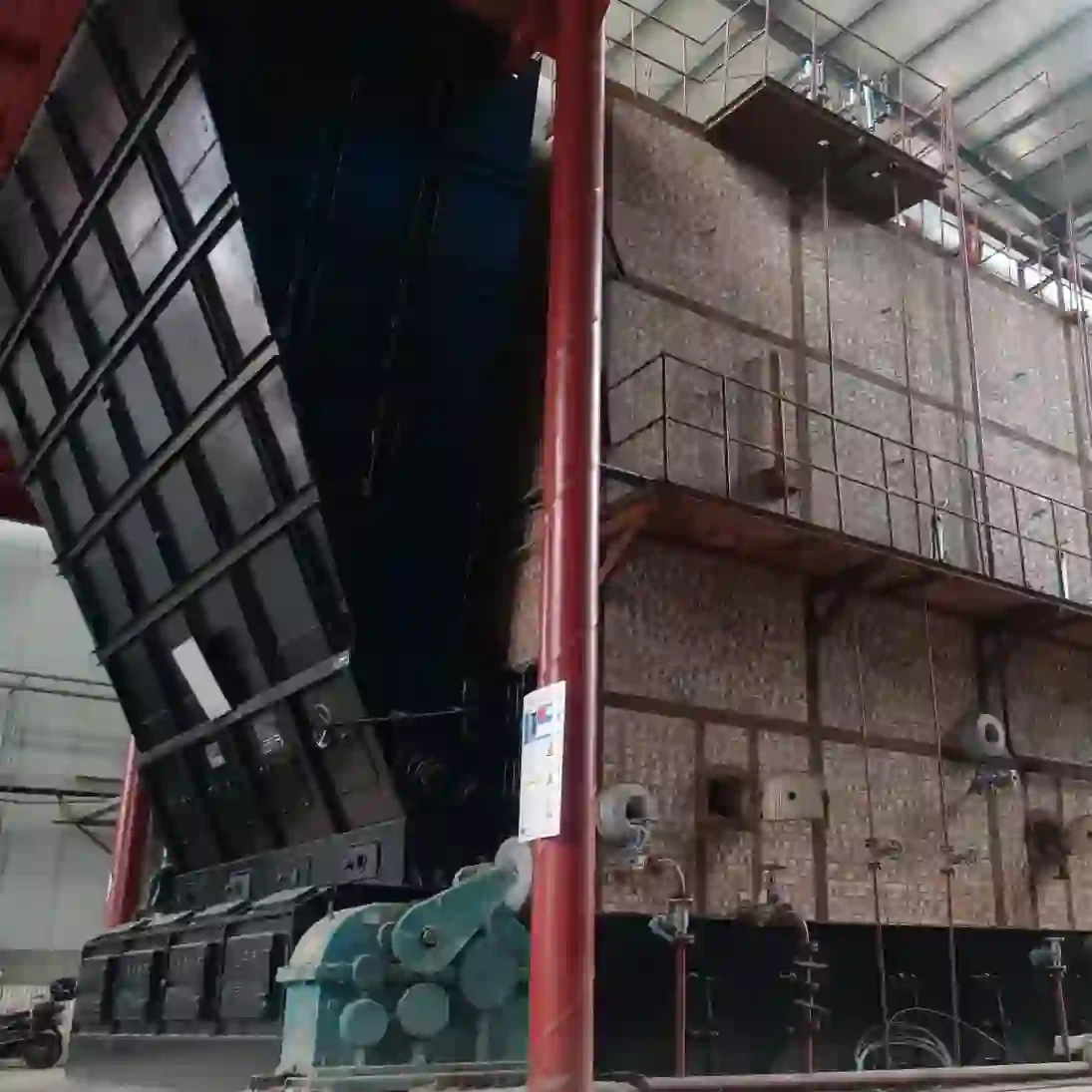
Sep . 12, 2025 09:00 Back to list
Oil Fired Hot Water Boiler For Sale - Efficient & Reliable Heating
1. Introduction: The Evolving Landscape of Industrial Heating
In the intricate world of industrial and commercial heating, the demand for reliable, efficient, and robust solutions is paramount. Businesses across diverse sectors continually seek heating systems that offer consistent performance, operational longevity, and economic viability. Among these, the oil fired hot water boiler for sale stands out as a critical component, delivering consistent hot water and heating for a myriad of applications. The market for these advanced heating units is currently experiencing significant shifts, driven by technological advancements, tightening environmental regulations, and a renewed focus on energy efficiency. Industries are increasingly scrutinizing their operational costs, making the long-term efficiency and durability of heating systems a top purchasing criterion.
This comprehensive guide delves into the technical intricacies, application benefits, and market considerations surrounding modern oil-fired hot water boiler systems. We aim to provide B2B decision-makers and engineers with the authoritative insights necessary to make informed procurement decisions, ensuring optimal heating performance and return on investment.
2. Understanding the Oil Fired Hot Water Boiler: Technical Overview
An oil fired hot water boiler, often referred to interchangeably as an oil fired hot water furnace or oil burning water heater, is a sophisticated heating appliance designed to transfer heat generated from burning fuel oil into water, producing hot water for heating or domestic use. These systems are favored in regions where natural gas access is limited or where fuel oil offers a more cost-effective energy source, influencing oil fired water heater prices significantly.
2.1 Core Components and Operational Principles
At its core, an oil fired hot water boiler consists of several critical components:
- Burner Assembly: This component atomizes the fuel oil and mixes it with air for efficient combustion within the combustion chamber. Modern burners often feature advanced controls for precise air-fuel ratio management, optimizing efficiency and minimizing emissions.
- Combustion Chamber: A robust, high-temperature chamber where the oil is burned. Designed for complete combustion, reducing particulate matter and harmful gases.
- Heat Exchanger: This is the most crucial part, where the hot combustion gases transfer their thermal energy to the water circulating through a series of tubes or passages. High-efficiency boilers often employ multi-pass designs to maximize heat transfer surface area. Materials like high-grade steel alloys (e.g., SA-106 Gr. B, ASTM A53 Gr. B) are typically used for their superior thermal conductivity and corrosion resistance.
- Control System: A sophisticated network of sensors, actuators, and programmable logic controllers (PLCs) that monitor and regulate operational parameters such as temperature, pressure, fuel flow, and safety interlocks. This ensures optimal performance, safety, and compliance.
- Circulation Pump: Facilitates the movement of hot water throughout the heating system.
- Safety Devices: Includes pressure relief valves, low-water cut-offs, and high-temperature limits to prevent hazardous conditions.
The operational principle involves the burner igniting fuel oil, producing hot gases. These gases then pass through the heat exchanger, transferring energy to the boiler water. The heated water is then circulated to radiators, heat emitters, or domestic hot water storage tanks. The cooled flue gases are safely vented through a chimney or exhaust system.

2.2 Key Technical Specifications
When evaluating an oil fired hot water boiler, several technical parameters are critical for determining suitability and performance:
These specifications are crucial for matching a boiler system to the specific heating load and operational demands of an industrial facility, directly impacting the overall economic and environmental performance.
3. The Manufacturing Process: Precision and Quality Assurance
The manufacturing of a high-quality oil fired hot water boiler for sale is a meticulously controlled process, blending advanced engineering with stringent quality control. This multi-stage process ensures durability, efficiency, and safety, adhering to international standards such as ISO 9001 for quality management and ASME Boiler and Pressure Vessel Code.
3.1 Process Flow Schematic
The following outlines the typical manufacturing stages:
Step 1: Material Selection & Preparation
High-grade steel alloys (e.g., Q245R, SA-516 Grade 70) are chosen for pressure parts, meeting ASTM and EN standards. Materials undergo chemical analysis and mechanical testing to confirm specifications. Plate cutting, forming, and edge preparation are executed with precision using CNC plasma or laser cutting machines.
Step 2: Component Fabrication & Welding
Advanced welding techniques (e.g., TIG, MIG/MAG, Submerged Arc Welding) are employed by certified welders (per EN ISO 9606, ASME IX). Non-destructive testing (NDT) such as X-ray, ultrasonic, and magnetic particle inspection is performed on all critical welds to ensure structural integrity and prevent stress corrosion cracking.
Step 3: Heat Exchanger & Combustion Chamber Assembly
The tubes for the heat exchanger are precisely bent and welded into headers. The combustion chamber is fabricated with refractory lining, optimized for thermal shock resistance and high temperature endurance. Components are carefully assembled to ensure proper clearances and thermal expansion management.
Step 4: Insulation & Casing Application
High-density mineral wool or ceramic fiber insulation is applied to minimize heat loss, enhancing the boiler’s energy saving capabilities. An outer protective casing, typically made of galvanized steel with a corrosion-resistant coating, is then fitted.
Step 5: Control System Integration & Wiring
The burner, control panel, sensors, and safety interlocks are integrated and meticulously wired. This involves configuring the PLC for automated operation, fault detection, and remote monitoring capabilities.
Step 6: Rigorous Testing & Quality Control
Each boiler undergoes hydrostatic testing (e.g., to 1.5 times working pressure per ASME BPVC Section I) to verify pressure boundary integrity. Functional testing of the burner, controls, and safety systems is performed. Efficiency tests ensure the unit meets specified thermal performance and environmental targets (e.g., NOx, CO emissions).

This systematic approach ensures that every oil fired hot water boiler delivered adheres to the highest standards of reliability and efficiency, capable of achieving a service life exceeding 20 years with proper maintenance.
4. Technical Advantages and Performance Metrics
Modern oil fired hot water furnace systems offer distinct technical advantages that contribute to their robust performance and cost-effectiveness in industrial settings.
4.1 Energy Efficiency and Cost Savings
Contemporary oil-fired boilers incorporate advanced features such as economizers, modulating burners, and sophisticated control algorithms to achieve thermal efficiencies often exceeding 90%. Condensing models can push this even higher, by recovering latent heat from flue gases. This translates directly into reduced fuel consumption and significant operational cost savings over the boiler's lifespan. For example, upgrading an older boiler with 80% efficiency to a new 92% efficient model can result in over 10% fuel savings, yielding substantial ROI for facilities with high heating demands.
4.2 Durability and Service Life
Constructed from high-quality carbon steel or specialized alloys, and designed with robust pressure vessel engineering (e.g., three-pass wet-back designs), these boilers are built for longevity. Features like large furnace volumes ensure complete combustion and lower heat flux, reducing material stress. Advanced corrosion resistance techniques, including proper water treatment systems and internal coatings, extend the typical service life to 20-30 years, significantly outperforming many alternative heating solutions in harsh industrial environments.
4.3 Environmental Compliance
Modern oil-fired burners are equipped with low NOx technology, employing techniques like flue gas recirculation (FGR) or ultra-low NOx burner designs. This drastically reduces nitrogen oxide emissions, enabling compliance with stringent environmental regulations (e.g., EPA, EU emission directives). The controlled combustion also minimizes particulate matter and unburnt hydrocarbons, contributing to a cleaner operational footprint.
5. Application Scenarios Across Industries
The versatility and reliability of an oil fired hot water boiler for sale make it an indispensable heating solution across a broad spectrum of industries requiring consistent and controllable hot water for process heating, space heating, or domestic hot water supply. Target industries typically include:
- Petrochemical Plants: Used for process heating, jacketed reactors, heat tracing, and facility climate control where precise temperature maintenance is crucial.
- Metallurgy and Metal Processing: Provides hot water for surface treatment, cleaning baths, and heating large industrial spaces.
- Water Supply & Drainage: Essential for heating large volumes of water for municipal treatment processes or for preventing pipe freezing in cold climates.
- Pharmaceutical and Chemical Industries: Demands for sterile hot water, heating reaction vessels, and maintaining specific environmental conditions in production areas.
- Food and Beverage Processing: Sanitation, pasteurization, and cooking processes heavily rely on reliable hot water supply.
- District Heating Systems: Supplying hot water to multiple buildings from a central plant, especially in areas with established oil infrastructure.
- Large Commercial Facilities (Hospitals, Universities, Hotels): Providing space heating and abundant domestic hot water.
5.1 Energy Saving in Typical Applications
In a district heating scenario, for example, a high-efficiency oil burning water heater with modulating burner technology can precisely match the heat load demand, avoiding wasteful cycling and maintaining optimal system temperatures. This can lead to 5-15% energy savings compared to conventional on/off boilers. In a petrochemical plant, the robust construction and corrosion resistance of these boilers are critical; their ability to handle varying load conditions without significant efficiency drops ensures continuous, energy-efficient operation for critical processes. The inherent reliability of oil-fired systems also minimizes downtime, which is a major energy and cost saver in continuous operations.
6. Vendor Comparison: Choosing the Right Oil Fired Hot Water Boiler
Selecting the right vendor for an oil fired hot water boiler is a strategic decision that extends beyond initial purchase price. It encompasses factors like product quality, after-sales support, customization capabilities, and long-term total cost of ownership (TCO). Here's a comparative overview of key considerations:
While economy options may present a lower initial cost, the long-term operational expenses (fuel, maintenance, potential downtime) and regulatory compliance risks often favor mid-tier or premium vendors for industrial applications seeking reliability and lower total cost of ownership. Evaluating a potential vendor's reputation, client testimonials, and years of service in the industry is crucial.
7. Customization and Tailored Solutions
Industrial heating demands are rarely uniform. Leading manufacturers offering an oil fired hot water boiler for sale recognize this by providing extensive customization options to precisely match specific operational requirements. This tailored approach ensures optimal integration, efficiency, and performance within existing plant infrastructure.
- Capacity and Pressure Adjustments: Boilers can be designed for specific thermal output (MW or BTU/hr) and working pressures (MPa or PSI) to align with process heating loads and regulatory limits.
- Fuel Type Flexibility: While primarily oil-fired, many boilers can be configured for dual-fuel operation (e.g., oil and natural gas), offering operational flexibility and hedging against fuel price fluctuations.
- Advanced Control Systems Integration: Custom PLCs can be programmed to integrate seamlessly with a facility's existing Distributed Control System (DCS) or SCADA, enabling centralized monitoring, remote diagnostics, and advanced predictive maintenance.
- Emission Control Technologies: Beyond standard low-NOx burners, additional flue gas treatment systems (e.g., SCR, wet scrubbers) can be integrated to meet ultra-stringent local emission standards.
- Footprint Optimization: For facilities with limited space, boilers can be designed with a compact footprint or modular construction for easier installation and future expansion.
- Ancillary Equipment Matching: Customization extends to selecting and integrating feedwater systems, fuel oil storage and pumping systems, exhaust stacks, and water treatment units that are perfectly matched to the boiler and site conditions.
This bespoke engineering ensures that the hot water boiler solution is not merely a piece of equipment but an integral, optimized part of the overall industrial process, delivering maximum value and operational efficiency.
8. Real-World Application Case Studies
Showcasing successful implementations provides tangible evidence of performance and reliability. Here are two examples:
8.1 Case Study 1: Large-Scale Petrochemical Complex Upgrade
Client: A major international petrochemical producer in the Middle East.
Challenge: The existing boiler infrastructure, comprising aging units, was struggling with rising fuel consumption, frequent maintenance, and increasing environmental compliance pressures. The client required a reliable, high-capacity oil fired hot water furnace solution capable of operating continuously under harsh desert conditions while meeting stringent local emission standards.
Solution: Two custom-designed 18 MW oil-fired hot water boilers were supplied. These units featured advanced three-pass wet-back design for maximum heat transfer, integrated economizers for enhanced efficiency (93.5% steady-state), and ultra-low NOx burners with Flue Gas Recirculation (FGR) to achieve emissions below 60 mg/Nm³. Robust, corrosion-resistant materials were specified for all pressure parts, and the control system was fully integrated with the plant's existing DCS for centralized operation and monitoring.
Results: The new boilers delivered a verifiable 15% reduction in fuel oil consumption within the first year, translating to over $1.2 million in annual savings. NOx emissions were reduced by 40%, ensuring full compliance. The enhanced reliability led to a 70% decrease in unscheduled downtime, significantly improving overall plant productivity. Client feedback highlighted the boilers' exceptional stability and the vendor's responsive technical support during commissioning and post-installation.
8.2 Case Study 2: Municipal District Heating System Modernization
Client: A municipality in Eastern Europe upgrading its district heating network.
Challenge: The outdated coal-fired boiler system was inefficient, environmentally burdensome, and increasingly costly to operate. The municipality sought an environmentally friendlier, cost-effective replacement that could provide reliable hot water for over 15,000 households and commercial buildings.
Solution: A 10 MW oil burning water heater was installed, designed for high-turn-down ratio modulating operation. This allowed the boiler to efficiently adjust its output to fluctuating seasonal demands. The unit was equipped with a high-efficiency recuperative heat exchanger and a digital control system for remote management and predictive diagnostics. A comprehensive fuel oil storage and pumping system was also integrated to ensure consistent fuel supply.
Results: The new system achieved a remarkable 90% thermal efficiency, leading to a 25% reduction in overall energy costs for the district heating network. Emissions were dramatically reduced, with SOx and particulate matter virtually eliminated and NOx well within EU standards. Residents experienced more stable and consistent heating, and the municipality praised the system's robust design and low maintenance requirements.
9. Ensuring Trustworthiness: Certifications, Support, and Warranty
Building trust with B2B clients requires more than just high-performance equipment; it demands transparency, commitment to quality, and robust support systems. For an oil fired hot water boiler for sale, these elements are paramount.

9.1 Certifications and Quality Assurance
Reputable manufacturers adhere to international and national standards, demonstrating their commitment to safety and quality. Key certifications typically include:
- ISO 9001: Certification for Quality Management Systems, ensuring consistent quality in design, development, production, installation, and service.
- ASME Boiler and Pressure Vessel Code (BPVC): Adherence to the American Society of Mechanical Engineers' standards for the design, fabrication, and inspection of boilers and pressure vessels.
- PED (Pressure Equipment Directive 2014/68/EU): For boilers destined for the European market, ensuring compliance with essential safety requirements.
- CE Marking: A declaration that the product meets EU health, safety, and environmental protection requirements.
- Environmental Certifications: Compliance with local or national environmental protection agencies regarding emissions.
These certifications are independently verified and provide a strong indicator of a manufacturer's authoritative standing and reliability.
9.2 Customer Support and After-Sales Service
Comprehensive after-sales support is crucial for the long-term operational success of industrial boilers. This includes:
- Technical Assistance: 24/7 access to qualified engineers for troubleshooting and operational guidance.
- Preventative Maintenance Programs: Scheduled inspections and service to maximize uptime and extend service life.
- Spare Parts Availability: A readily available inventory of genuine spare parts to minimize downtime during repairs.
- Operator Training: Comprehensive training programs for plant personnel to ensure safe and efficient operation.
9.3 Lead Time and Fulfillment
Typical lead times for custom industrial oil fired hot water boiler units can range from 12 to 24 weeks, depending on complexity and current production schedules. Standard models may have shorter lead times, often 8-16 weeks. Fulfillment involves careful logistics, including factory acceptance testing (FAT), secure packaging, and coordinated shipping to the installation site, often with options for supervised installation and commissioning by manufacturer-certified engineers.
9.4 Warranty Commitments
A standard warranty for a new industrial boiler typically covers 1 to 2 years for ancillary components (burners, controls, pumps) and 3 to 5 years for the boiler pressure vessel (shell and tubes) against manufacturing defects. Extended warranty options and performance guarantees are often available, providing additional peace of mind and demonstrating the manufacturer's confidence in their product quality.
10. Frequently Asked Questions (FAQ)
Q1: What is the typical service life of an oil fired hot water boiler?
A1: With proper installation, regular maintenance, and effective water treatment, a high-quality industrial oil fired hot water boiler can reliably operate for 20 to 30 years, and sometimes even longer. Factors such as operational intensity, fuel quality, and adherence to maintenance schedules significantly influence its longevity.
Q2: How do oil fired hot water boiler prices compare to other fuel types?
A2: Initial oil fired water heater prices are generally competitive with natural gas boilers of similar capacity. However, the total cost of ownership is heavily influenced by regional fuel costs. While natural gas might be cheaper in some areas, oil provides energy independence and can be more economical in regions without gas infrastructure or during periods of high natural gas demand. It's crucial to perform a detailed lifecycle cost analysis for your specific location.
Q3: What maintenance is required for an oil burning water heater?
A3: Regular maintenance is key. This includes annual burner tune-ups for optimal combustion efficiency, periodic cleaning of heat exchange surfaces to remove soot (which can reduce efficiency by up to 10-15%), inspection and testing of safety controls, and consistent monitoring of water chemistry to prevent scale and corrosion. Adhering to the manufacturer's recommended service schedule is essential.
Q4: Can these boilers be integrated with existing control systems?
A4: Yes, modern oil fired hot water boiler for sale units are designed with advanced control systems (PLCs) that support various communication protocols (e.g., Modbus, BACnet, Ethernet IP). This allows for seamless integration with existing Building Management Systems (BMS), Distributed Control Systems (DCS), or SCADA networks, providing centralized monitoring and control over your entire facility's heating infrastructure.
References
- American Society of Mechanical Engineers (ASME). ASME Boiler and Pressure Vessel Code. New York, NY: ASME, current edition.
- U.S. Department of Energy. Energy Efficiency and Renewable Energy. "Boiler Efficiency." Accessed [Current Year].
- European Committee for Standardization (CEN). EN 12953: Shell boilers. Brussels, Belgium: CEN, current edition.
- International Organization for Standardization (ISO). ISO 9001: Quality management systems – Requirements. Geneva, Switzerland: ISO, current edition.
- Industrial Boilers: Efficient Design and Operation. [Various academic journals on process engineering and thermal management].
-
Comprehensive Guide to Steam Boiler Installation Diagram – Global Best Practices and Future Trends
NewsNov.24,2025
-
A Practical Guide to the Selection of Steam Boiler for Industrial Efficiency
NewsNov.23,2025
-
Comprehensive Guide to Steam Boiler PDF Manuals and Their Global Impact
NewsNov.22,2025
-
Discover How Steam Boiler Videos Improve Industrial Training & Safety
NewsNov.22,2025
-
Comprehensive Guide to Wood Fired Steam Boiler Design – Efficiency, Applications, and Innovations
NewsNov.21,2025
-
Comprehensive Guide to Steam Boiler Working – Efficiency & Applications
NewsNov.20,2025
Related PRODUCTS






